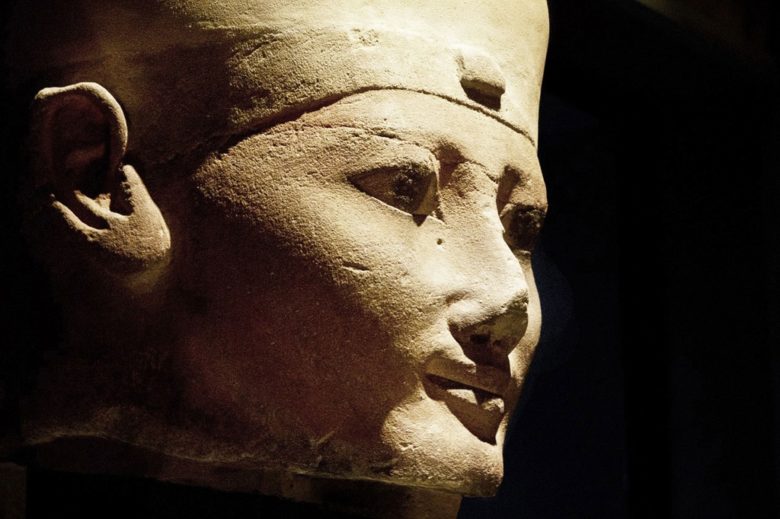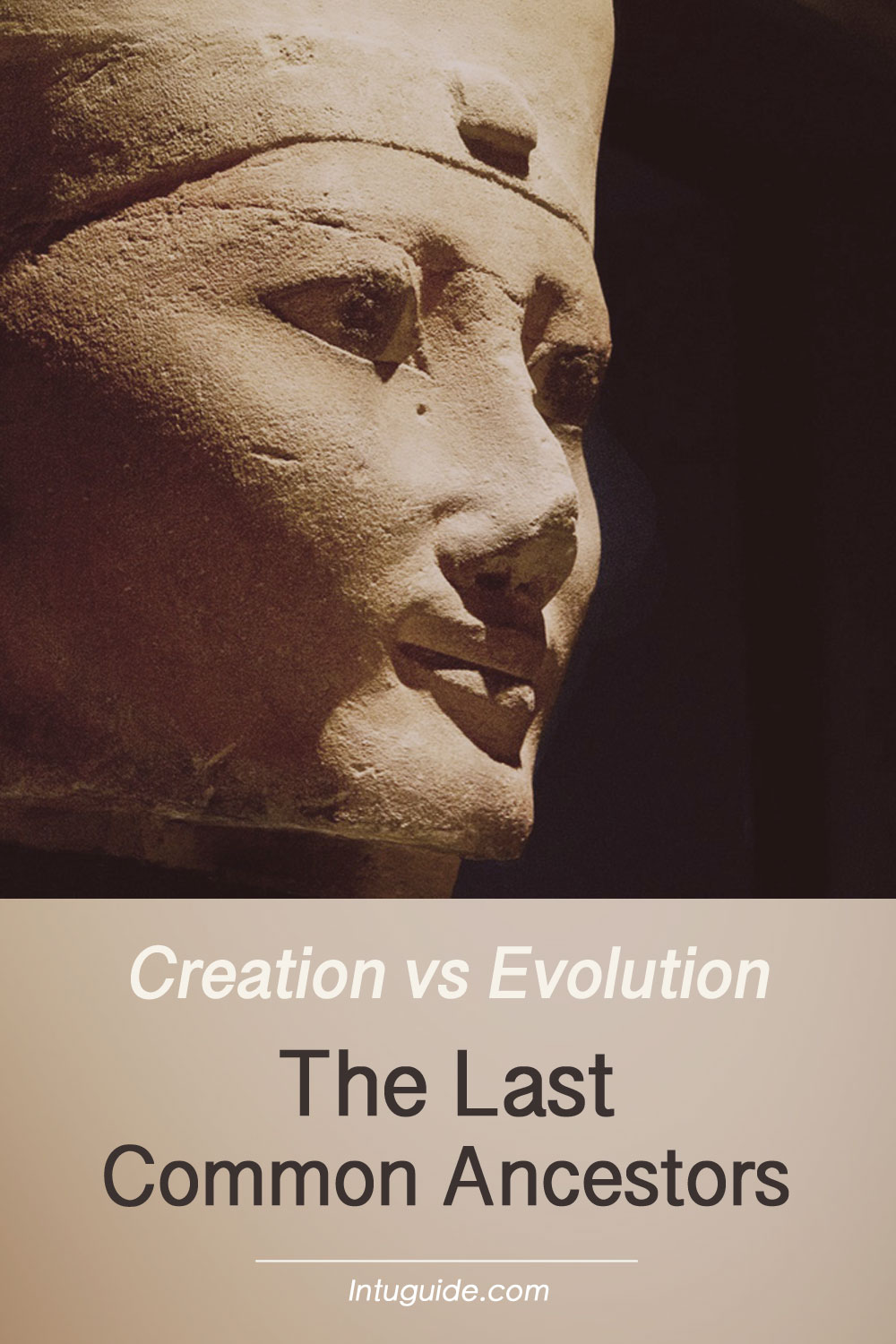After Charles Darwin published his theory of evolution about 150 years ago, scientists continued to study various aspects of evolutionary biology in modern times by forming and testing hypotheses and using observational data with theoretical biology.
According to recent studies, all life on Earth shares a common ancestor called the last universal common ancestor (LUCA) or a long-lost parent. Researchers came to the conclusion that if humanity has one or more relatives, these sister species might share the same parent at some point. John Hawks, a paleoanthropologist at the University of Wisconsin said:
Probably the most important thing is that most of the fossils we find aren’t actually “missing” links. The number of extinct side branches is much larger than the number of true genealogical connections in the fossil record, and so when we find a fossil, we don’t assume it’s an ancestor of anything, we interpret it as a sister group of some things.
Due to the large number of extinct species, it would be incorrect to assume that new discoveries are missing links. That is why modern researchers put species into groups and categories.
History of Failed Discoveries
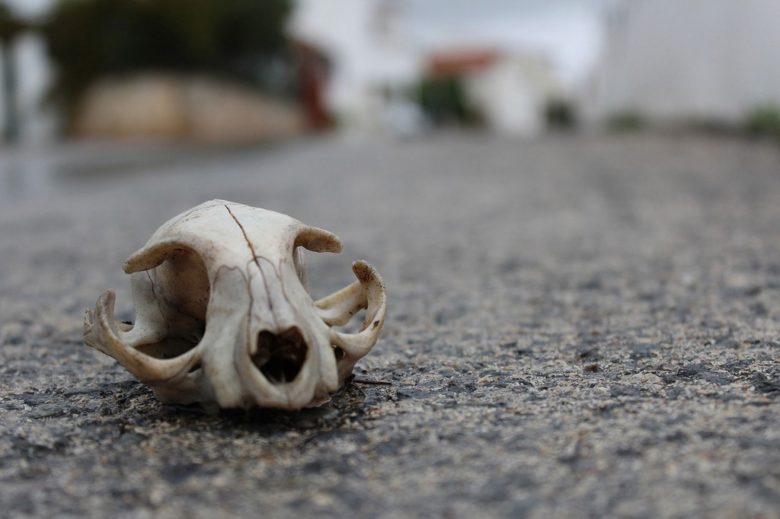
In the past, evolutionists tend to classify bones or even bone fragments as important “missing links”. It was a common practice for someone to find a piece of a fossilized bone and assume it was convincing visual proof that evolution has occurred.
Many old days evolutionists tried to prove that humans were 99% chemically similar to apes through blood protein precipitation. However, after the numerous studies on chemical components, humans may have many common ancestors:
Milk chemistry shows that the donkey is man’s closest relative. Cholesterol level tests revealed that the garter snake is man’s closest relative. Tear enzyme chemistry showed that the chicken is man’s closest relative. On the basis of another type of blood chemistry test, the butter bean is man’s closest relative. (Morris, Henry M., The Twilight of Evolution, Grand Rapids: Baker Book House, 1967)
Over time, many “missing link” fossils turned out to be a hoax. The most famous “discovery” was the Piltdown Man in 1912, when someone found a skull and jawbone in a gravel pit in England. Scientists declared it to be absolute proof of how apes became humans.
More than 40 years later, Piltdown Man was proven to be a fraud. It was nothing more than a lower jawbone of an orangutan combined with a skull of a modern human.
Another famous hoax example is “Nebraska Man” which was discovered in 1920. Archeologists found a single tooth in western Nebraska at the Snake Creek quarry and declared it to be proof of evolution. It made big news until someone asked a farmer to review the fossil. The farmer identified it as a pig’s tooth and further excavation revealed that the rest of the skeleton belonged to a pig.
There were other numerous archeological discoveries that made big news such as “Orce Man” which turned out to be the skullcap of a donkey, “Ramapithecus Man” which was actually a baboon skull, and “Neanderthal Man” which was severely bow-legged because he had a distortion of the bones (rickets).
Various articles came out with headlines like “How Apes Became Human,” featuring hoax discoveries and an attempt to connect the random bones together as proof of evolution.
More often, such articles were filled with uncertain phrases like “what appears to be,” “close to answering,” “we are suggesting,” “people have speculated,” and “still something of a mystery,” and featured flimsy artwork and speculative evidence as absolute proof.
Today we have more advanced technology to detect the authenticity, validity, and age of newly discovered fossils. Radiocarbon and/or radiometric dating, for example, is used to determine the age or date of organic matter. Geological specimens and archeological specimens of the carbon and/or radiometric isotopes of certain proportions decrease the chances of error.
Origin Theories
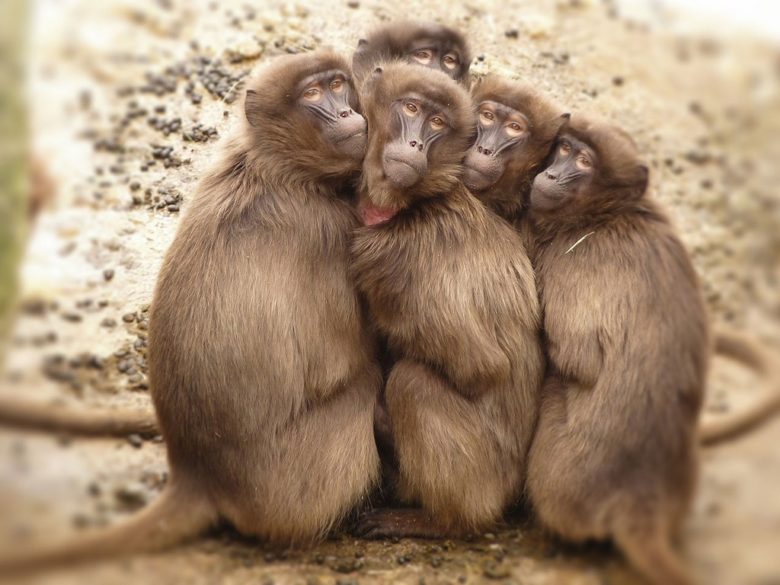
In the 1980s, a group of paleoanthropologists and geneticists began to support the hypothesis that modern humans originated only once and from only one location, which is Africa. In paleoanthropology, this theory is called Out of Africa Theory (OOA) and this model proposes a “single origin” of Homo sapiens and admixture with archaic humans. According to this theory, Homo sapiens (anatomically modern humans) were assumed to originate around 300,000 years ago, most likely in East Africa.
The paleoanthropologists then created a model map of a great migration of newly developed Homo sapiens from East Africa, somewhere between 80,000 and 50,000 years ago, who traveled and settled down along the southern coast of Asia and to Oceania 50,000 years ago.
Until the 1980s, scientists assumed that hominins were restricted to Africa during the Early Pleistocene period. As a result, all major archaeological searches were focused on Africa. However, very few chimpanzees or gorilla ancestors have been found anywhere in Africa along with the European and Asian apes that vanished seven million years ago.
Some fossil remains of prehistoric ape species are named Nakalipithecus, Ouranopithecus, and Sahelanthropus. However, a certain type of species such as S. tchadensis indicates that the last common ancestor of humans didn’t look like chimpanzees, as was previously thought by some paleontologists.
The evolutionists came to the conclusion that these species did not survive or survived in small numbers and went extinct probably because of the Toba catastrophe 74,000 years ago.
OOA Theory Contradictions
Most anthropologists believe that our species originated in Africa around 200,000 years ago and then one group migrated further to another region around 80,000 years later before spreading across the world. However, there have been new discoveries proving that characteristics of humans were actually developed not only in Africa but also in East Asia and Europe.
According to the recent List of Human Evolution Fossils, the discoveries around the world are not restricted solely to the continent of Africa. For example, a Graecopithecus tooth found in Bulgaria belongs to the Graecopithecus Freyberg species, which is considered to be the oldest suggested direct ancestor of modern man.
The first original Graecopithecus specimen mandible was found in 1944, at the site known as Pyrgos Vassilissis northwest of Athens and dated to be 5.5 to 7.25 million years old (the late Miocene period).
Additional discoveries in Australia started to contradict the OOA theory, making researchers begin to doubt it. The earliest hominid skeleton and tool remains found in Australia’s Lake Mungo didn’t show any evolutionary relationship among the fossils previously found in Africa. They were relatively slender and gracile in form, while younger skeletal finds were much more robust:
The DNA patterns of the Australian and Melanesian populations show that the population evolved in relative isolation. The two groups also share certain genetic characteristics that are not found beyond Melanesia. This would suggest that there was very little gene flow into Australia after the original migration.
From the scientific research, there were no results or traces of genetic analyses based on the Y chromosome and on Mt DNA from previous exits from Africa, which means that certain groups of species lived in isolation in Australia.
Nine Million-Year-Old Teeth
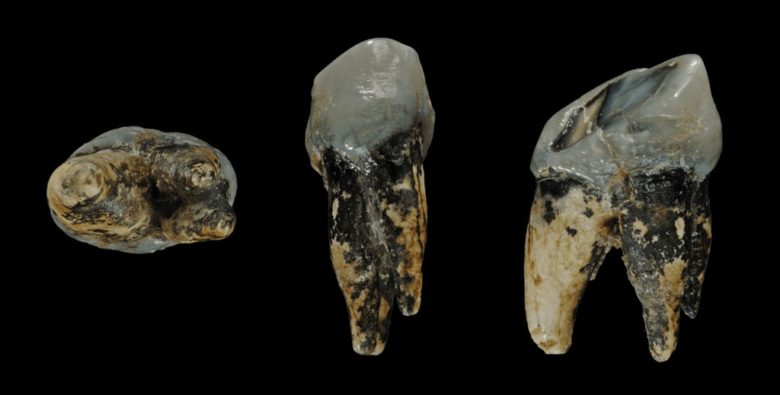
Nine Million-Year-Old Teeth, public domain image
A recent discovery of 9 million-year-old teeth made by German archaeologists suggests that humans evolved in Europe. This uniquely shaped tooth was found in a dried-up riverbed in Germany’s Rhineland. This type of fossil had never been seen before in Europe or Asia.
It has a similar shape and structure to the humanoid skeletons found in Africa but is much older than the African fossils. The mayor of the nearby German town where the discovery was made even suggested that scientists should reevaluate the recent model of human evolution:
“I don’t want to over-dramatize it, but I would hypothesize that we shall have to start rewriting the history of humankind after today,” Michael Ebling said.
Dmanisi Skull
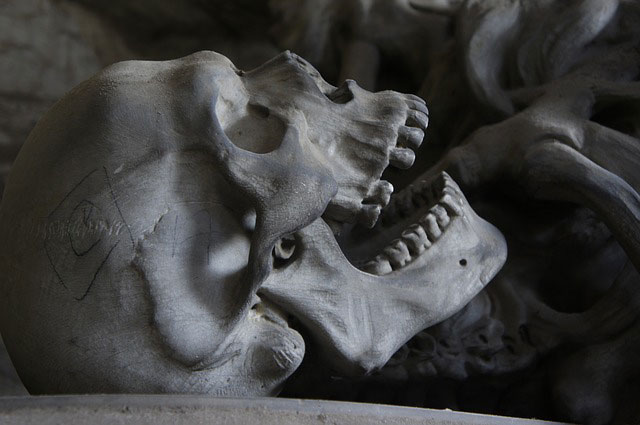
Dmanisi skull is another discovery that conflicts with the OOA theory. It made some researchers suggest that Homo erectus originated in Eastern and Southeast Asia.
The Dmanisi skull (also known as D4500 or Skull 5) was discovered in Dmanisi, Georgia in 2005 and the discovery was published in Science magazine in October 2013. It is considered to be one of the most complete 1.8 million years old skulls of a Pleistocene Homo erectus, with an estimated height of the person to be between 4.79ft and 5.45ft.76.
The research began in 1991 after the remains of early human occupation were discovered in a cave in Dmanisi, Georgia by Georgian scientist David Lordkipanidze. Shortly after that, five more early hominin skulls have been found on other archeological sites.
All skulls found at different Dmanisi archeological sites have significant morphological variations. If placed side by side, they would be classified as skulls of different species. However, all Dmanisi skulls were of the same age and were located in the same exact place.
While Asian Homo erectus carries different ancestral traits and can be considered a separate lineage, the Middle Pleistocene remains found in Europe might be a second or third separate lineage.
David Lordkipanidze and other researchers proposed that these skulls belong to a single evolving Homo erectus species, similar to those found in Africa and Asia.
Other anthropology researchers that didn’t participate in the excavation said that the Dmanisi fossils were a great find, but they don’t think that this is the same Homo erectus that was originated in Africa or Asia. Dmanisi skull analysis clearly indicates that human origin was not isolated to one place and most likely shares characteristics across the world.
Georgian and University of Zurich researchers examined Dmanisi skulls, variations in modern human skulls, and chimpanzees skulls, and concluded that they looked different from one another.
They discovered that skulls have variations in physical features similar to the diversity found in humans today. This evidence supports the fact that diversification has already happened in Dmanisi 1.8 million years ago. David Lordkipanidze said himself:
If you will put separately all these five skulls and five jaws in different places, maybe people will call it as a different species.
Recent fossil discoveries don’t really show obvious transitional forms between humans and chimpanzees. Dmanisi skulls look different from chimpanzee skulls and don’t share any physical features with them.
Even Dr. Leakey, one of the people who discovered “Lucy” (known as Australopithecus afarensis), admitted that Lucy’s is so incomplete that there are no firm conclusions about what species she was, even though her skeleton’s age was 3.5 to 4 million years old.
Dali Man
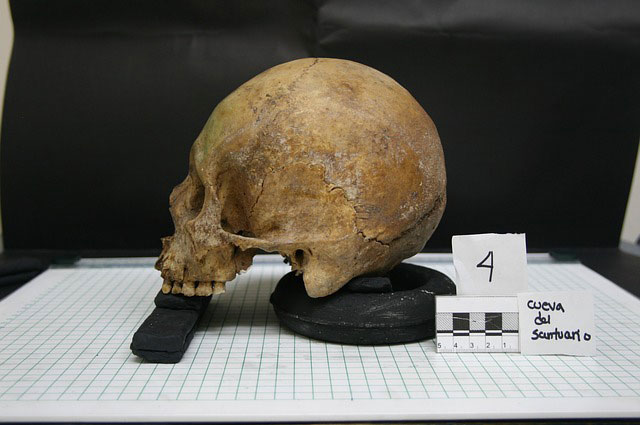
Human Skull
The Dali Man skull was found in China 40 years ago and contained a mixture of traits from Homo erectus and Homo sapiens. The skull was in very good shape, showing the face and braincase of a person living around 260,000 years ago. The details of the skull and face don’t match European Neanderthals and earlier European hominids. The skull found in China may indicate that ancient human origin took place outside of Africa and that humans actually evolved in East Asia as well as in Europe.
Researchers Xinzhi Wu of the Chinese Academy of Sciences and Sheela Athreya of Texas A&M University also made a proposition that the early modern humans were not isolated in one place as they developed, but instead shared the common characteristics across the world.
How Did Complex Life Evolve?
A December 2017 report concludes that 3.45 billion-year-old Australian rocks once carried microorganisms that make them the earliest direct evidence of life on Earth. The good news is that this discovery should not be considered to be the first living organisms on Earth:
We have no direct evidence that life existed 4.3 billion years ago but there is no reason why it couldn’t have, this is something we all would like to find out.
Probably the most puzzling part of the evolutionary theory is the process of transformation from simple life forms to complex forms. Even Charles Darwin himself asked a question:
Why if species have descended from other species by insensibly fine gradations, do we not everywhere see innumerable transitional forms? Why is not all nature in confusion instead of the species being, as we see them, well defined? (The Origin of Species, Charles Darwin, ch. 6.)
According to the research, multi-cellular organisms evolved independently at least 46 times in eukaryotes, and in some prokaryotes (cyanobacteria, mycobacteria, actinomycetes, and Magnetoglobus multicellular). However, complex multi-cellular organisms evolved only in six eukaryotic groups such as fungi, algae, and land plants, and only one or two times in animals. In addition, evolution through the theory of natural selection faces a reproduction puzzle:
To reproduce, true multicellular organisms must solve the problem of regenerating a whole organism from germ cells (i.e. sperm and egg cells), an issue that is studied in evolutionary developmental biology.
Charles Darwin would answer his question if he had precise knowledge of how regulatory genes work.
Scientists are still searching for the long-lost parent of humanity. They have been looking for a common ancestor for a long time, and they still have not found it. Debates are still taking place in terms of the identification and classification of the ancestral lineage of humans:
In principle, fossilized remains of the last common ancestor might come to light any time. They might even be discovered this very year. But because there is so little agreement on what the LCA should look like, researchers will interpret the fossils differently.
Many are still searching for more information and new fossil evidence for the last universal common ancestor in the hopes of finding this “missing link”.
Genomes of different animals produce a variety of different types of animals, and many of these species share the same structural genes for organism development like collagen and enzymes.
Each group of animals has its own rules of development which are programmed within the small percentage of genes that shape the bodies of these animals. These regulatory genes work in a precise pattern and any changes can cause adverse consequences to the development of the species. These genes are ancient, highly conserved, and shared by all animals.
*As an Amazon Associate, I earn from qualifying purchases.

